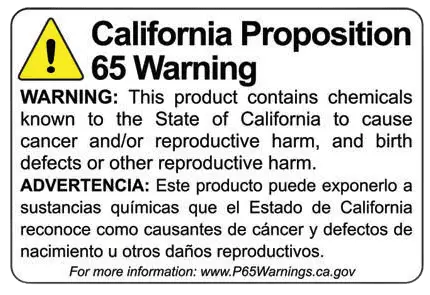 Heat shrink technology has become an essential tool in industries ranging from electrical wiring to packaging, but its benefits extend beyond functionality and durability. Heat shrink materials can also play a pivotal role in environmental protection, making them an increasingly popular choice in sustainable practices.
Heat shrink technology has become an essential tool in industries ranging from electrical wiring to packaging, but its benefits extend beyond functionality and durability. Heat shrink materials can also play a pivotal role in environmental protection, making them an increasingly popular choice in sustainable practices.
What Is Heat Shrink?
Heat shrink refers to a polymer material that shrinks when exposed to heat, forming a tight seal around objects. It’s commonly used for insulation, protection, and bundling applications. However, the environmental benefits of heat shrink often go unnoticed.
1. Reducing Waste with Durability
Heat shrink materials, particularly tubing and wraps, provide robust protection for wires, cables, and pipes. By preventing damage from moisture, chemicals, or abrasions, heat shrink extends the lifespan of products. This reduces the frequency of replacements and minimizes waste in landfills.
2. Energy Efficiency in Manufacturing
Many modern heat shrink materials are designed with energy efficiency in mind. Manufacturers have developed lower-temperature heat shrink solutions, reducing the energy required for installation. This decreases the carbon footprint of the process without compromising performance.
3. Eco-Friendly Material Options
With a growing demand for sustainability, many heat shrink products are now made from recyclable and biodegradable materials. For example:
- Polyolefin heat shrink tubing is often free of harmful chemicals and can be safely recycled.
- Plant-based alternatives are emerging as eco-friendly options for specific applications, reducing reliance on petroleum-based products.
4. Protection Against Environmental Hazards
Heat shrink helps protect critical infrastructure from environmental degradation. For example:
- In electrical systems, it prevents short circuits and electrical fires, reducing the environmental impact of repair or replacement.
- In marine environments, specialized heat shrink products shield cables from saltwater corrosion, reducing the need for frequent maintenance.
5. Supporting Renewable Energy Systems
Heat shrink is vital in the renewable energy sector. Solar panels, wind turbines, and electric vehicles rely on durable, insulated connections to function efficiently. Heat shrink technology ensures these systems operate reliably, promoting cleaner energy production and reducing environmental harm.
How to Choose Environmentally Friendly Heat Shrink
- Check Material Composition: Opt for recyclable or biodegradable options.
- Assess Lifespan: Choose high-quality products that offer extended durability.
- Consider Installation Energy: Look for low-temperature heat shrink solutions.
- Certifications: Seek products that meet environmental standards, such as RoHS (Restriction of Hazardous Substances).
Conclusion
Heat shrink technology is more than just a functional solution—it’s a step towards environmental protection and sustainability. By reducing waste, conserving energy, and supporting green technologies, heat-shrink products contribute to a cleaner and more efficient future.
Embrace heat shrink solutions to not only enhance your projects but also protect the planet.


